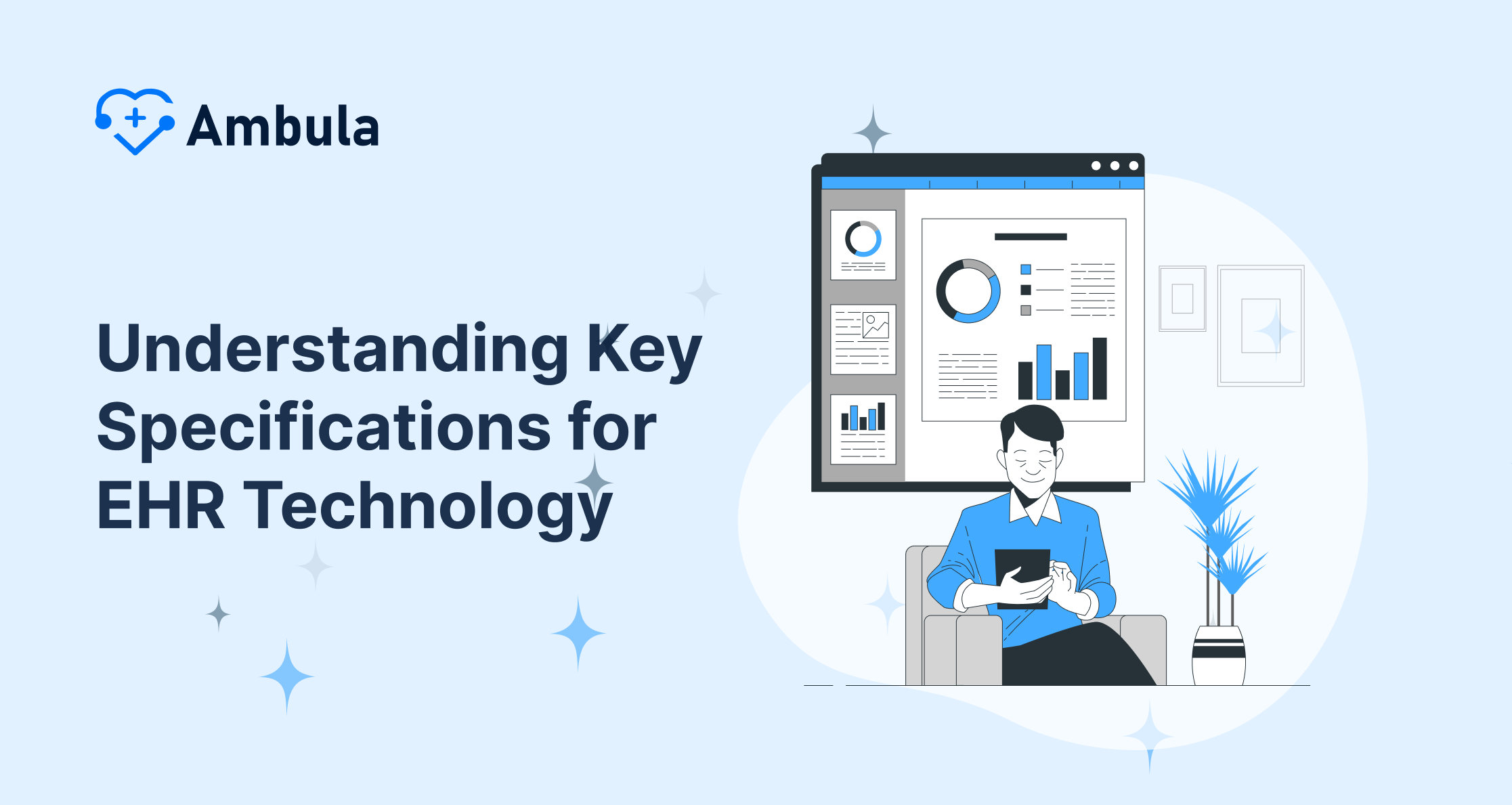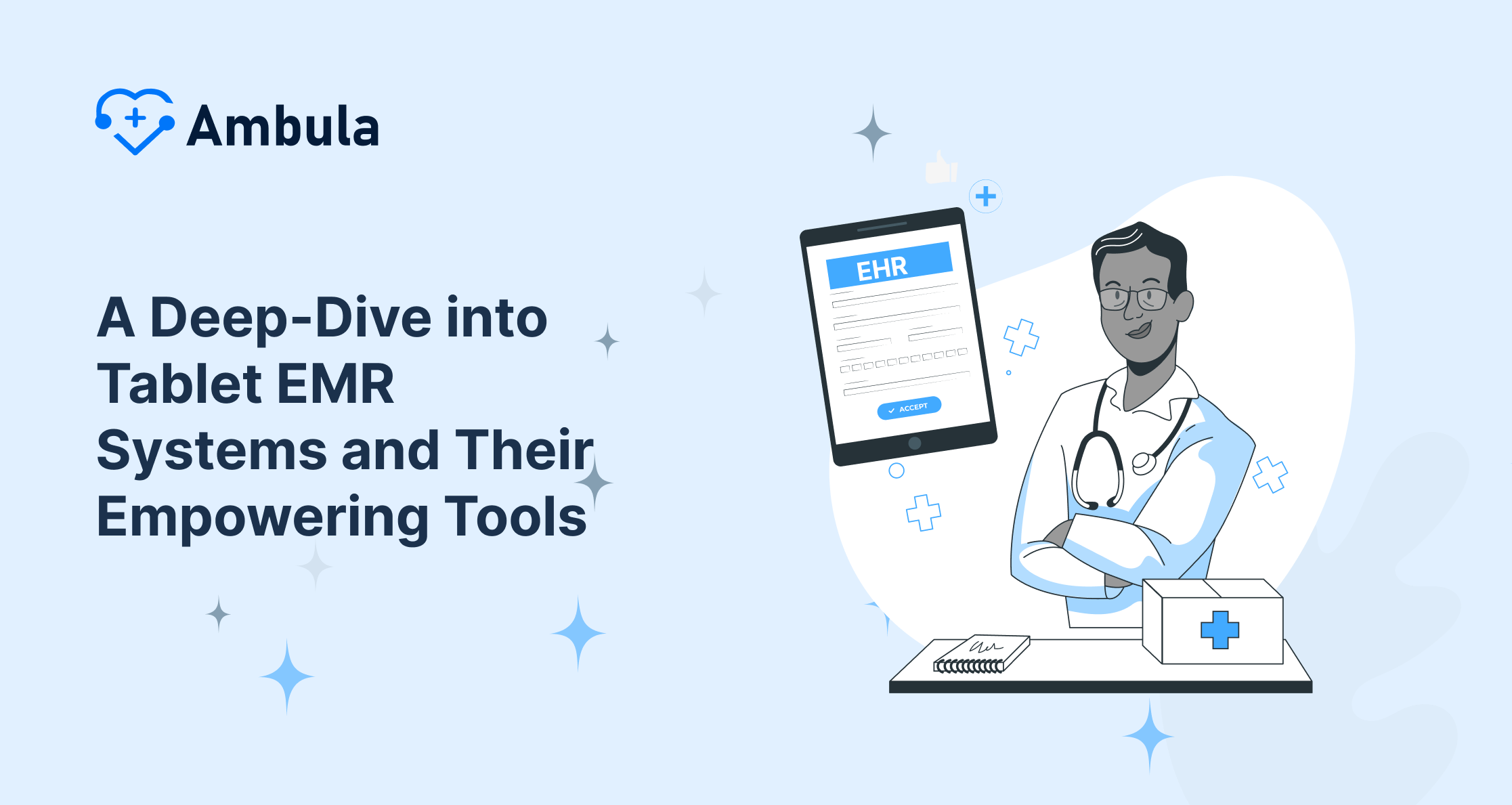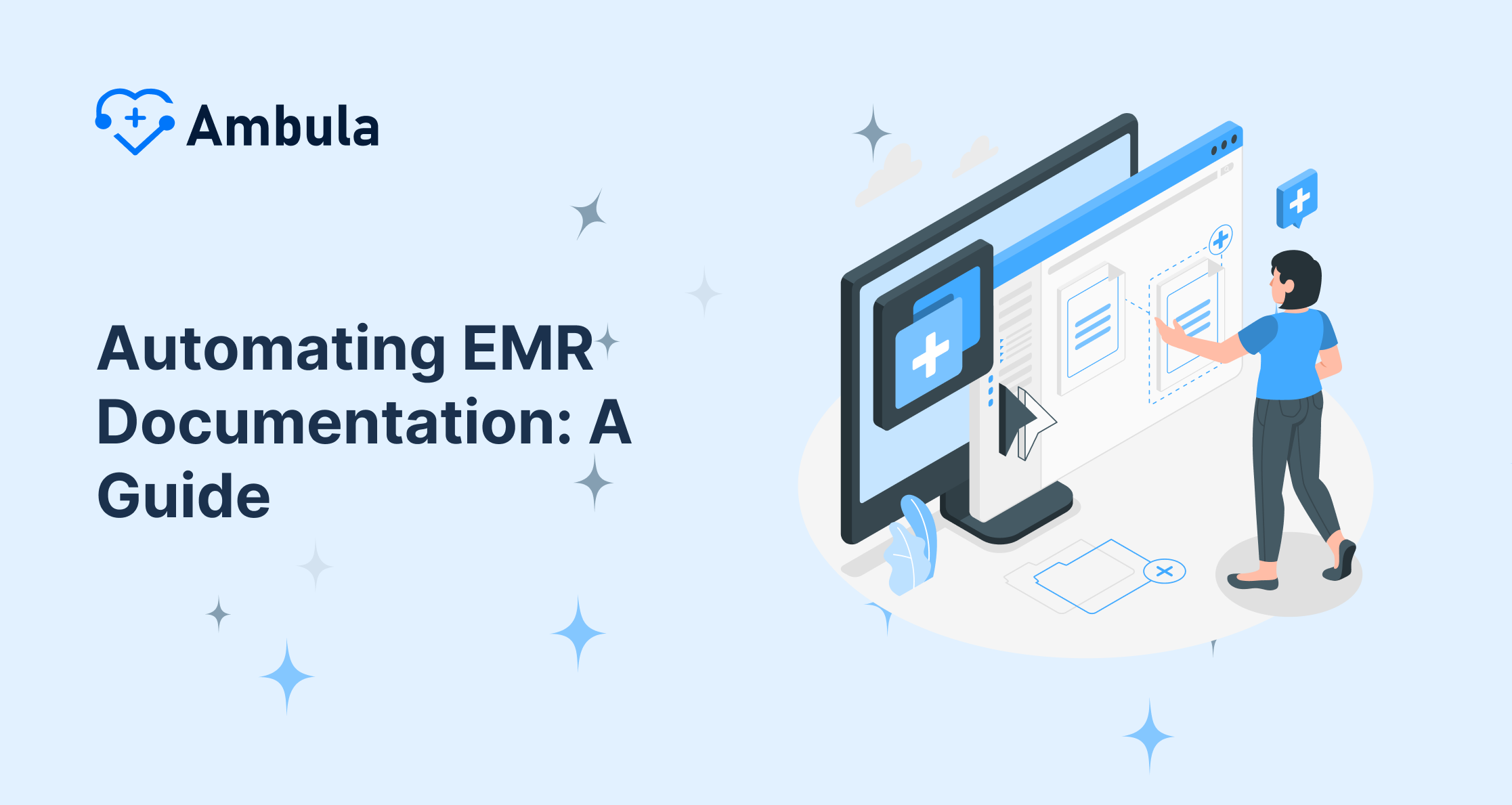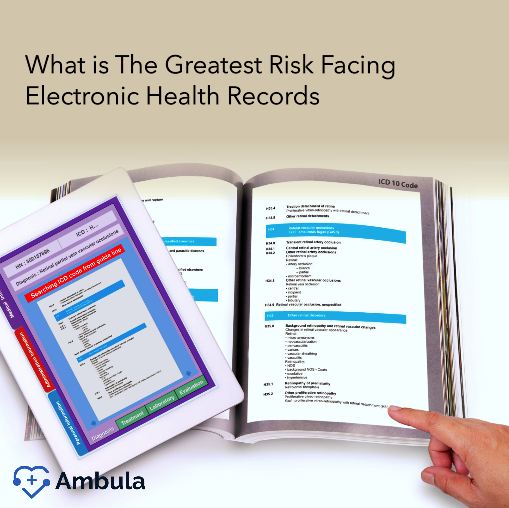Introduction to EHR Technology
An Electronic Health Record (EHR), also known as an electronic medical record, computerized medical record, digital medical record, or electronic patient record, is a digitized version of a patient’s paper chart. These certified EHR technology (CEHRT) systems bring a level of data management and clinical workflow automation that paper charts cannot match. EHRs are real-time, patient-centered records containing information from various sources, making critical clinical data like medication lists, radiology reports, and laboratory data instantly and securely available to authorized users. From diagnosis, prescriptions, and medical history to treatment plans and allergies, all data in the digital format is critical for assessing a patient’s health and devising a personalized care plan.
Understanding Key Specifications for EHR Technology
The effectiveness of an electronic health record system is intrinsically linked to the hardware and software components that drive its operations. Healthcare organizations must consider several crucial elements while setting up a reliable, efficient, and user-friendly certified EHR system that meets meaningful use requirements. In this light, understanding the key specifications for EHR technology and health IT is paramount.
- Server Requirements: The central hub of any EHR system is the server that hosts its database. Often, this is a SQL Server, an industry standard for database management known for its robust data storage, retrieval, and manipulation capabilities. The server must be dependable and high-performing because all crucial clinical and administrative EHR functions depend on its smooth running. Server specifications often hinge on whether you use an on-premise or cloud-based solution.
- Hardware Specifications: Hardware specifications constitute the system’s physical components, including the computer, monitor, and peripherals. Display monitors should provide a high-resolution display for clear, sharp images, which is essential in reviewing scanned documents or medical imaging. The keyboard and mouse should be user-friendly and robust enough to endure a busy healthcare environment. The computers themselves, whether desktops or laptops need substantial disk space for storing vast amounts of documents and electronic medical records. Today, it is practical for these electronic health record systems to have a minimum of 8GB RAM and at least 1TB of storage capacity to avoid performance lags and provide ample room for data.
- Software Requirements: Software specifications cover the operating system and all applications that run your certified EHR system. For instance, the Microsoft Windows Server environment is commonly selected for its robust features, security, and general user familiarity. Additionally, understanding the EHR software’s capabilities, level of customizability, frequency of updates, and ability to support quality management is crucial to judging whether a particular system will meet your clinic’s needs and achieve ONC Health IT Certification.
- Peripherals and External Devices: EHR systems require various peripherals that facilitate essential clinic functions. These may include document and card scanners, printers, and payment swipe card readers. Scanners should ideally be TWAIN compatible for compatibility with a broader range of software applications.
The Role of Virtualization and Cloud Technologies
Advancements in health IT have introduced virtualization and cloud computing into EHR systems. Whether a public or private cloud, these solutions offer cost savings, scalability, and robust data security measures that mitigate cybersecurity threats and address EHR vulnerabilities. Additionally, the flexibility of cloud platforms permits physicians and clinicians to securely access patient demographics and other data remotely from laptops, desktops, tablets, and iPhones, improving overall healthcare delivery.
Interoperability and Data Sharing
Interoperability is the ability of different healthcare IT systems or software applications to communicate, exchange data, and use the information that has been exchanged. With multiple medical devices such as ECG and Spirometry involved in patient care, seamless data flow between these devices magnifies the effectiveness of electronic health record systems, allowing for a more accurate and comprehensive view of a patient’s health. Thus, a server and Ethernet network backbone that underpin this data sharing must be robust and reliable.
Enhanced Clinical Decision Support
AI and data analytics also significantly enhance clinical decision support (CDS) systems within EHRs. This technology utilizes complex evidence-based tools and algorithms to analyze data and aid healthcare providers in making informed decisions about patient care. The EPCS (Electronic Prescribing of Controlled Substances) functionality, incorporated into many modern EHRs, further aids physicians in prescribing appropriate medications while ensuring regulatory compliance.
Usability and User Experience
Accessing data from various devices like Windows desktops, Macs, MacBooks, Android phones, or even iPads necessitates cross-browser compatibility and optimal screen resolution for the best user experience. This compatibility extends to external devices, including scanners, printers, payment swipe card readers, and machines like Welch Allyn’s Spot Vital Signs or LXi Machines from Mid Mark.
Secure Patient Portal
Both doctors and patients increasingly rely on patient portals for easy, round-the-clock communication and secure access to critical health information. Whether checking health records, dictating notes, or managing appointments, the portal should be accessible via multiple devices and network types, from ethernet to wireless routers, without compromising internet speed and data security.
Data Security and Privacy Compliance
Healthcare organizations must ensure that their electronic health record systems meet HIPAA privacy and data security standards, preventing unauthorized access to critical patient information. EHR systems should also have a high interoperability standard, facilitating secure data sharing between healthcare IT systems and maintaining patient privacy.
Optimizing Performance and Scalability
Lastly, electronic health record systems should exhibit high performance and scalability. As clinics grow, the certified EHR software should be capable of handling an increased load effortlessly. The EHR system should seamlessly integrate and scale alongside the organization from machine interfaces to document scanners (whether TWAIN or non-TWAIN), card scanners, duplex scanners, simplex scanners, and OCR functionality to support outcomes reporting.
In conclusion, EHR adoption of a system like Ambula that checks all these boxes could dramatically improve healthcare service delivery, from augmenting medical decision-making to ensuring a smooth, efficient clinical workflow automation. Understanding the EHR meaning and key functions is essential for successful EHR implementation and achieving meaningful use through certified EHR technology. With the right electronic health record system in place, healthcare organizations can leverage the power of health IT to enhance patient care and streamline operations, making the most of EHR incentive programs.






